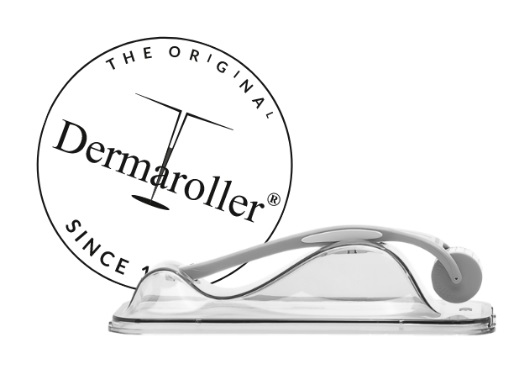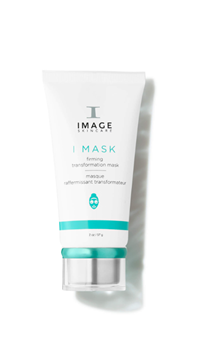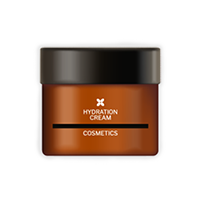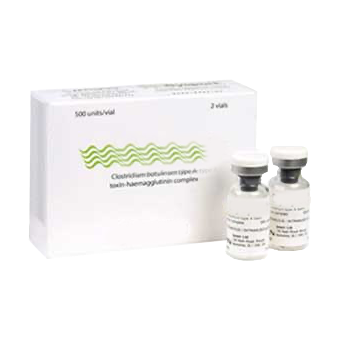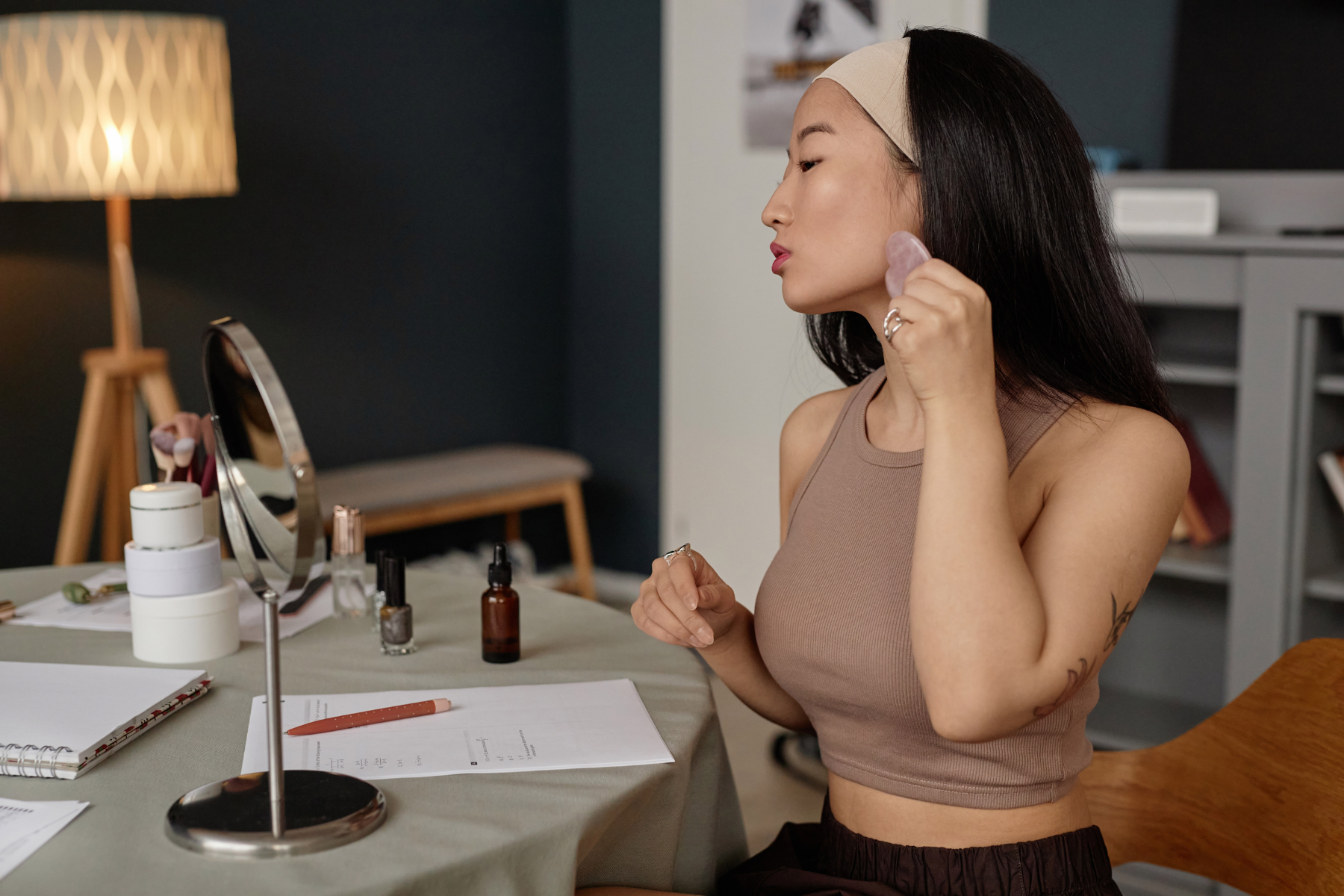 Biohacking has well and truly gone mainstream, and whether you know it or not, it’s likely that you’re already biohacking your beauty regime in one way or another. Maybe you’ve been using an at-home LED mask or having a face scan pre and post in-clinic treatments, totally unaware that you’ve joined the ranks of biohackers worldwide. This isn’t just for tech bros FYI.
Biohacking has well and truly gone mainstream, and whether you know it or not, it’s likely that you’re already biohacking your beauty regime in one way or another. Maybe you’ve been using an at-home LED mask or having a face scan pre and post in-clinic treatments, totally unaware that you’ve joined the ranks of biohackers worldwide. This isn’t just for tech bros FYI.In essence, biohacking is the practice of using data and deliberate habits to hack your biology and optimise brain function, physical strength, and overall health. The name of the game is longevity, and people practise it in a multitude of ways: sleep, supplementation, cold therapy, breathwork, exercise, glucose monitors, and more. The idea is to use tests and devices to measure your status, then tweak your regimen accordingly, and repeat the cycle until you see an improvement.
Whether you’re biohacking for health and longevity or just better-looking skin, the goal is the same—improving function. Think an increase in cellular energy, improved microcirculation, lower inflammation and a stronger skin barrier. These measurable shifts build over time for lasting results, as opposed to quick fixes that you might regret later.
Read on to discover the biggest trends in beauty biohacking that we believe are worth getting on board with, so your skin functions better, and looks better too.
Epigenetic skincare
Think of epigenetics as volume settings that can turn certain repair processes up or down. With age, those settings change—cell renewal slows, the skin barrier weakens and collagen support fades. Epigenetic skincare aims to nudge those settings back towards a more youthful zone, so your skin processes work better and in turn your skin looks better. Look for skincare products (and treatments) containing the likes of niacinamide, retinoids, bakuchiol, peptides, growth factors, resveratrol and ferulic acid, as these all upregulate skin-friendly gene expression.DNA tests
Direct-to-consumer DNA tests promise skincare tailored to your genes, typically giving insights on variants linked to collagen turnover, oil production, antioxidant capacity and pigmentation. They can highlight tendencies, for example, a propensity to pigmentation, that might justify prioritising brightening actives even if you’re only presenting with a little pigmentation here and there. However, if you do get tested, look at your results in context—while you may be genetically prone to certain skin conditions, if you see no signs of them, look to include preventative measures into your regime rather than stronger actives or treatments that you don’t yet need.Photoprotection
Photoprotection, aka protecting against UV, blue light and infrared light is truly the backbone of any good skincare routine. It’s pretty boring we know, but protecting your skin by way of a sunscreen helps preserve collagen, keeps pigmentation at bay and dials down inflammation. However, the biggest issue when it comes to SPF is reapplication—most of us are just not doing it. Cue long-life SPFs. Formulated with photostable filters plus film-forming or encapsulated systems, they’re designed to hold their stated protection for longer, think an eight-hour workday. For make-up wearers or anyone who forgets top-ups, they’re a smart, low-effort biohack.Light therapy
Red and near-infrared LEDs encourage cells to make more energy and dial down signals linked to irritation. Used consistently, they can soften fine lines and support healing, but results depend on dose. Make sure the at-home mask you shell out for operates on proven wavelengths—630–635 nm and/or 660 nm for collagen enhancing red light varieties, and 810–830 nm or 850 nm for repairing and youth boosting near-infrared. These aren’t as potent as in-clinic options, but with consistent use you should get your moneys' worth.Niacinamide
NAD+ IVs are all the rage in the world of biohacking, but you can also bank NAD+ by way of your skincare. But what is NAD+? It’s a coenzyme that powers cellular energy and repair, but annoyingly it naturally declines with age. Cue niacinamide (vitamin B3), which is a direct precursor of NAD+. When applied to the skin, it’s converted into NAD+ and ramps up ceramide levels, reduces water loss, and bolsters repair. Skin will look more even in tone, redness and texture will soften and you should sport a glow by week six of use.Peptides
Peptides are short chains of amino acids that act like signals, telling the skin to do specific jobs. Kept front and centre in a biohacking routine, they help support the skins' repair functions without the irritation other gold standard actives can induce. There are too many peptides found in skincare to name, and they all target different skin concerns, but mark our words, they are not to be slept on. Look for serums that target your skin concerns and include these clever skin perfectors, too.When it comes to biohacking your skincare routine, small adds can make a big difference. Consistency is key, knowledge is power and sunscreen is a non-negotiable.
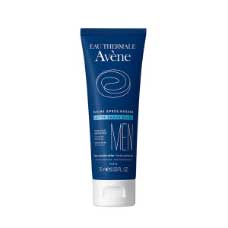
 Added to basket
Added to basket

 Unapplied Changes
Unapplied Changes


